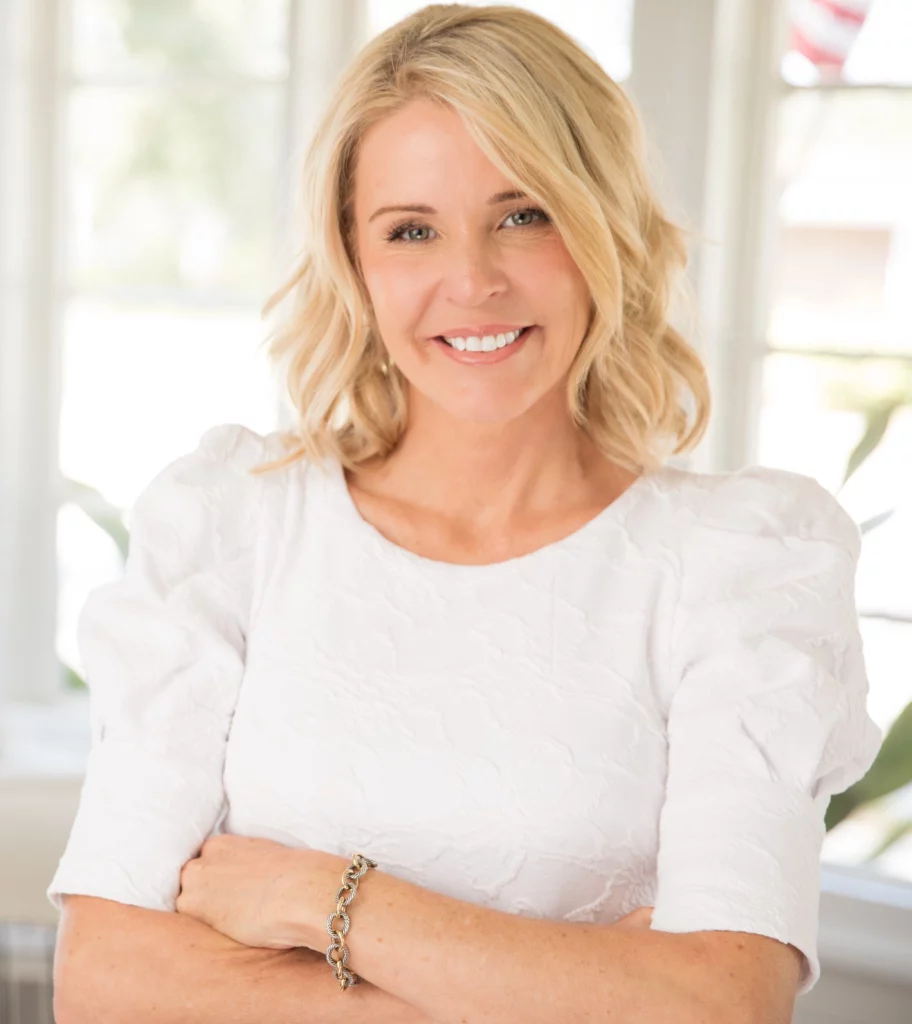Touted as the “economic engine” of Brevard County, Melbourne is often regarded as the area’s most bustling city. From its charming downtown, to its business corridors, subdivisions, art district and retail centers, there’s a lot that meets the eye when you visit this south Brevard town. But there’s also a lot that doesn’t meet the eye. Dig a little deeper into this Space Coast city and discover that there’s a lot to Melbourne that even old timers may not know.
Let’s test that knowledge.
Here are 10 things you might not know about Melbourne:
1. Melbourne and Eau Gallie have a controversial past
Eau Gallie wasn’t always part of the city of Melbourne. In fact, it was its own city until 1969 when citizens voted to merge the two areas together. The idea was to put south Brevard on the map, giving it a voice in the state legislature, but also to fix a heap of economic issues, according to a report from FLORIDA TODAY at the time. The merging of the cities would reduce costs for public services. Initially, Melbourne didn’t want to just merge with Eau Gallie, which was one of the fastest growing cities, it wanted to merge with Indialantic, West Melbourne, Melbourne Beach, Melbourne Village, Palm Bay and Palm Shores as well to make it one of the largest cities in the state. The first vote to create the mega-city failed. However, a second vote was taken that went city-by-city, according to the report. All but Eau Gallie rejected the merger.
Another vote was called for a name change, including the proposed name “Harbor City,” but the name Melbourne remained.
To this day, there is still some resentment from Eau Gallie natives who weren’t in favor of the merger.
“You just opened a can of worms,” one commentor posted on a thread FLORIDA TODAY started on Facebook about the topic.
There are even old timers who refuse to use “Melbourne” in their address, some posted.
“A lot of people were upset,” said Trish Harnish, who recalled the merger. “This is an old harbor town and Eau Gallie meant something to a lot of people, including myself. Eventually we got use to it, but it will always be Eau Gallie in my heart.”
Some still allege that the vote to merge was done unfairly.
2. The University of Florida was supposed to be in Eau Gallie
Rewind to the 1870s and everything was on the up and up for Eau Gallie to open the state’s first agricultural college. Thanks to pioneer and politician William Gleason, Eau Gallie won the bid to build the Florida State Agricultural College, the predecessor to the University of Florida.
Gleason was given the go-ahead and a two-story building was erected along the Indian River between Fifth and Sixth Streets, complete with 10 classrooms and a 6-mile road connecting the building to a steam boat landing at Lake Washington for transportation purposes.
However, no students ever attended class at this campus, according to the book “Historic Buildings of Melbourne.”
What’s to blame? Party politics.
Republicans were in power when the project was approved, but a new legislature controlled by democrats took over in 1877. Legislators voted to “remove the college from distant and relatively inaccessible Eau Gallie to a more convenient place,” according to the book, which ended up being Gainesville.
The building was later turned into a hotel, The Granada, until it burned down in 1903.
3. Melbourne has the highest concentration of millennials
A look at United States Census data from the American Community Survey in 2016, shows that if you want to hang with millennials in Brevard, spend some time in Melbourne. FLORIDA TODAY went city by city comparing the number of millennials to the population, and found that Melbourne had the highest concentration. About 20.4 percent of the population in Melbourne is considered a millennial. The city of Cocoa was a close second, with 20 percent of its population being in the millennial category. In this study, millennials are defined as those between the ages of 20 and 34. The smallest concentration of millennials was in Cocoa Beach. Only 11 percent of the city’s population is in that age range, according to the data.
4. Melbourne has one of the best girl-power stories ever
For those who need a little inspiration, look no further than Eau Gallie’s own Caroline “Carrie” Rossetter. In 1921, it wasn’t a good climate for women in the workplace, but that didn’t stop Rossetter from making it big in a man’s world.
Her father, who was the agent for the Standard Oil Company died, and Rossetter was determined to take over the business. She traveled to Standard Oil Board of Directors meeting in Kentucky to plead her case, said Ben Brotemarkle, executive director of Florida Frontiers.
Listening through the keyhole, she overheard the vote over whether or not she would be granted a chance.
“Let the little lady have it! She won’t last a year and we’ll give it to a man!” records state.
With that, Caroline P. Rossetter became the first female Standard Oil Agent.
Not only did she last a year, she continued for another 62 years becoming one of the longest-running and most successful Standard Oil Agents in the country.
Standard Oil is now more commonly known as Chevron. So yeah, she’s kind of a big deal.
Her home in Eau Gallie has been turned into a museum and can be toured for a small fee.
5. FIT was founded thanks to 37 cents and alcohol
Talk about a bargain.
The Florida Institute of Technology in Melbourne was started with a 37-cent donation. Jerome Keuper, the university’s founder, came up with the idea for the “Brevard Engineering College” in the 1950s, but it wouldn’t be until he had drinks with a friend at a local pub that the idea would really come to fruition.
“As university lore would have it, Dr. Keuper expressed his desire to create a scientific and technological university to a friend over drinks at a local pub. In jest, the friend pushed 37 cents in change across the table and said, ‘There’s your first donation, Jerry. Now go and build that college,'” according to FlT records.
So he did, and the rest is history.
6. There’s a “bone bed”

So it turns out, Melbourne’s traceable history goes back much, much farther than the pioneers who settled there in the late 1800s. We’re talking prehistoric times when mammoths, mastodons and saber-toothed cats roamed the Space Coast. In fact, Melbourne actually has a very significant archaeological site known worldwide. The Melbourne Bone Bed was discovered in the 1930s along Crane Creek and has produced fossils from 10,000 to 20,000 years ago, including camels, mammoths, giant ground sloths, saber-tooth cats, mastodons, giant beavers and humans, among others. The bone bed spreads across three sites in Crane Creek: near the Crane Creek Reserve golf course, Singleton Estates, and the south bank of the channelized Crane Creek about one mile west of the golf course, according to a University of Florida study.
7. You can step foot into slave quarters in Eau Gallie
While plantations and slavery may not be a topic one would generally associate with Florida, let alone Brevard County, the history of such activity was very much real here.
Slaves were a big part of the formation of the area, responsible for building homes, digging canals and other duties. Visit the Rosetter House Museum in Eau Gallie and take a step into what used to be slave quarters. The home originally belonged to John Houston, a pioneer who came to Brevard with just his eldest son and 14 slaves. What is now the back portion of the Rossetter House Museum in Eau Gallie is believed to originally have been quarters for the Houston family slaves, according to Florida Frontiers.
8. Hell ‘n Blazes brewery is said to be haunted
If the eeriness of slave quarters isn’t enough to give you the willies, make a visit to the Hell ‘n Blazes Brewing Company on East New Haven Avenue in Melbourne. The building has been around more than a century and housed a hardware store, Melbourne’s first bank, the Brownlee Funeral Home and a television studio before it became a popular brewery. FLORIDA TODAY featured the building on its series Haunted Brevard, and Director of Broadcasting Rob Landers brought back some very creepy experiences.
“(Original building owner Charles Stewart) – or at least an entity claiming to be him – was present throughout the expedition,” wrote Landers. “He’s grumpy – not that he’s upset that his building is being repurposed, but that we were in his space. At one point during the search, he ran his hand down my back almost as if he was pushing me.”
9. The Melbourne airport once was a military base
Rewind to the days of World War II, and the Orlando-Melbourne International Airport was a part of our national defense. What was once the Eau Gallie-Melbourne Municipal Airport turned into the Melbourne Airport a Naval Air Station. Both Navy and Marine Corps fighter pilots were trained here for aircraft such as the SNJ Texans, F4F Wildcats and F6F Hellcats. At its peak, the base had more than 1,500 personnel and 129 buildings, according to the Florida History Museum. It also housed 250 German POWs. The station closed in February 1946 and reverted back to a municipal airport.
10. There was a famous lynching tree
According to Florida Frontiers, more lynchings took place in Florida (per capita) than any other state in the country, and the city of Melbourne was no exception from this practice. Take a drive down Legendary Lane in Melbourne, and discover a dark piece of the area’s history. The road was actually named Lynching Tree Drive until it was changed in 1980. The name was derived from a particular tree in the area that was known for lynchings. The tree was near Parkway Drive and U.S. 1, but is now gone. The last lynching to take place in Brevard County occurred in 1926: The lynching of James Clark, who was accused of rape.
Clark was in police custody when he disappeared, according to Florida Frontiers. There was no attempt to find out who had murdered Clark, the article states, before he could be tried for his alleged crime in a court of law.
“They were mean, some of those guys in those days,” said former Brevard Commissioner Joe Wickham to the Orlando Sentinel. “They just took the law into their own hands. It was sad. Very sad.”
A picture of the Clark being hung was turned into a postcard.
Honorable mentions:
— Mentioned in the first part of this series “10 things you may not know about the Space Coast” was the home of Jim Morrison, lead singer of The Doors. Doors’ childhood home is still standing and you won’t believe its value. According to the Brevard County Property Appraiser the home’s latest market value was only $194,550.
— Legendary writer Zora Neale Hurston referred to Eau Gallie as “the one spot on earth [that] feels like home to me,” according to the Florida Historical Society. Hurston first moved to Eau Gallie in 1929 and then again in 1951. She wrote Mules and Men here, “staged a concert at Melbourne High School (its first integrated event); worked on the project that became her passion, the manuscript for Herod the Great; covered the 1952 murder trial of Ruby McCollum (an African American woman who killed her white lover); and wrote an editorial for the Orlando Sentinel arguing against the Brown v. Board of Education decision,” according to the Florida Historical Society.
Contact trends reporter and columnist Jessica Saggio at Jsaggio@floridatoday.com Source: https://www.floridatoday.com/story/news/2018/07/05/10-things-you-may-not-know-melbourne/685151002/

